Taxonomy
Animalia
Chordata
Reptilia
Squamata Iguanidae Amblyrhynchus cristatus
Marine IguanaCrested Blunt-beak Iguana Scaly
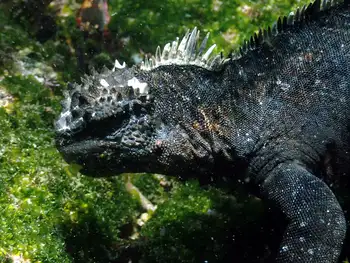
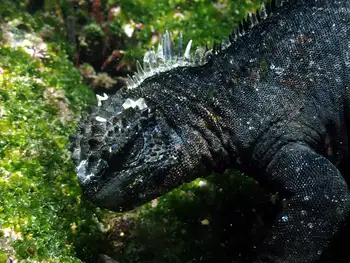
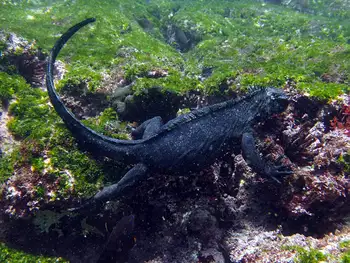

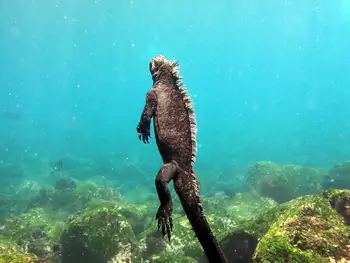


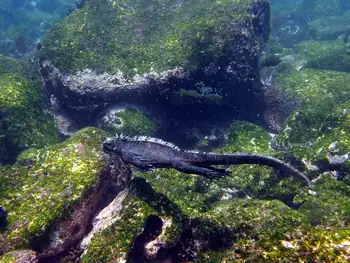
Squamata (Latin squamatus (“scaly, having scales”)) is the largest order of reptiles, comprising lizards, snakes, and amphisbaenians (worm lizards), which are collectively known as squamates or scaled reptiles. With over 10,900 species, it is also the second-largest order of extant (living) vertebrates, after the perciform fish. Members of the order are distinguished by their skins, which bear horny scales or shields. They also possess movable quadrate bones, making possible movement of the upper jaw relative to the neurocranium. This is particularly visible in snakes, which are able to open their mouths very wide to accommodate comparatively large prey. Squamata is the most variably sized order of reptiles, ranging from the 16 mm (0. 63 in) dwarf gecko (Sphaerodactylus ariasae) to the 5. 21 m (17. 1 ft) green anaconda (Eunectes murinus) and the now-extinct mosasaurs, which reached lengths over 14 m (46 ft).
Squamata. Retrieved November, 05 2021, from en.wikipedia.org/wiki/Squamata.
The Iguanidae are a family of lizards composed of iguanas and related species which includes species such as the Green Iguana (Iguana iguana), the Lesser Antillean Iguana (Iguana delicatissima) and the marine iguana (Amblyrhynchus cristatus).
Iguanidae. Retrieved November, 05 2021, from en.wikipedia.org/wiki/Iguanidae.
The marine iguana (Amblyrhynchus cristatus), also known as the sea iguana, saltwater iguana, or Galápagos marine iguana, is a species of iguana found only on the Galápagos Islands (Ecuador). Unique among modern lizards, it is a marine reptile that has the ability to forage in the sea for algae, which makes up almost all of its diet. Large males are able to dive to find this food source, while females and smaller males feed during low tide in the intertidal zone. They mainly live in colonies on rocky shores where they bask after visiting the relatively cold water or intertidal zone, but can also be seen in marshes, mangrove and beaches. Large males defend territories for a short period, but smaller males have other breeding strategies. After mating, the female digs a nest hole in the soil where she lays her eggs, leaving them to hatch on their own a few months later. Marine iguanas vary in appearance between the different islands and several subspecies are recognized. Although relatively large numbers remain and it is locally abundant, this protected species is considered threatened, primarily from El Niño cycles, introduced predators and chance events like oil spills.
Amblyrhynchus cristatus. Retrieved November, 05 2021, from en.wikipedia.org/wiki/Marine_iguana.